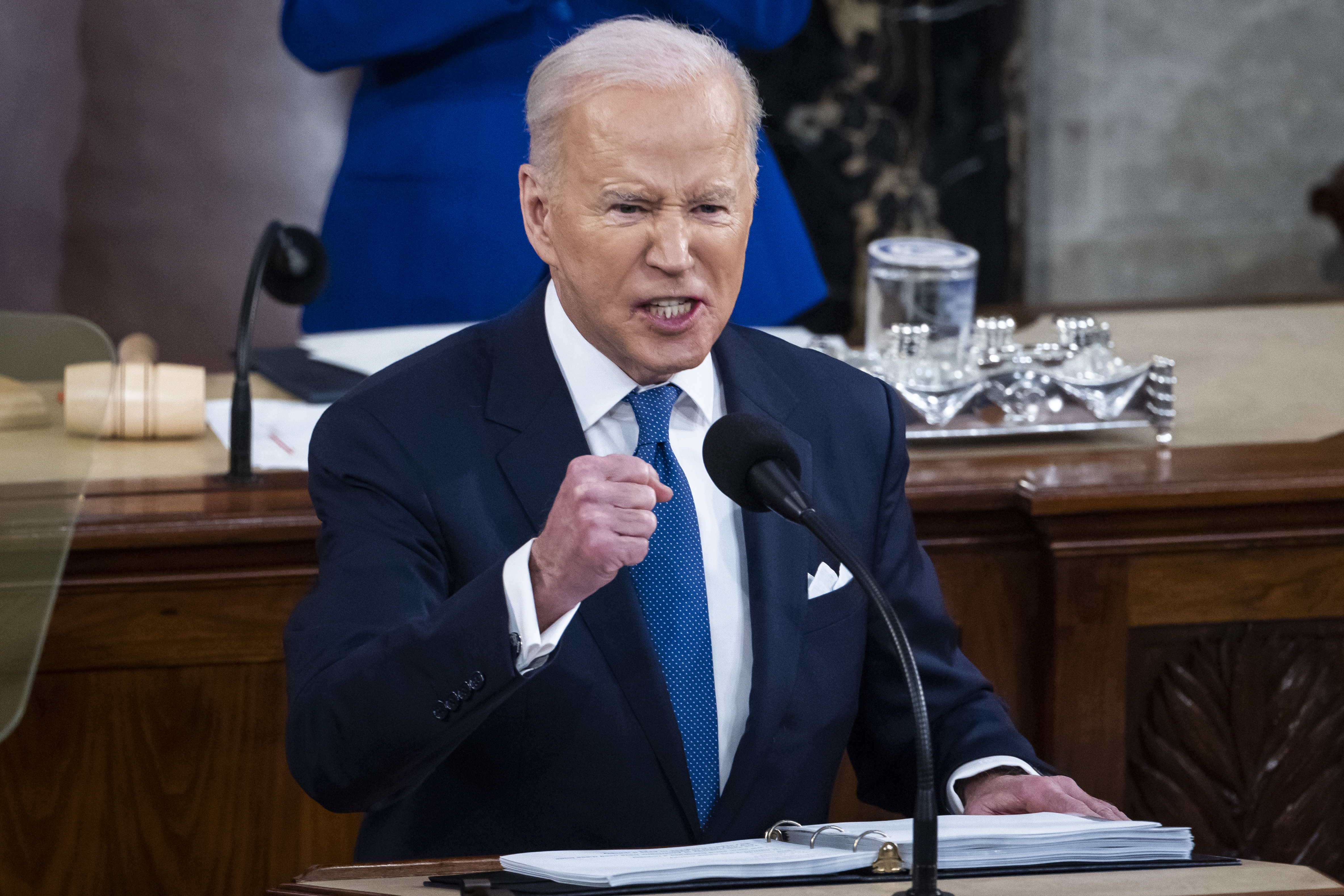
Consumers facing higher prices for products made with corn and wheat could be in for more pain as global supplies grow tighter because of Russia’s invasion of Ukraine.
Wheat prices jumped 37% and corn prices jumped 21% so far in 2022 after rising more than 20% throughout all of 2021. Persistently rising inflation has already prompted companies like Kellogg and General Mills to raise prices and pass the costs off to consumers and that pattern may worsen with the current crisis.
Ukraine has long been considered a “bread basket” because of its rich soil. The nation accounts for 12% of the world’s total wheat exports, according to the U.S. Department of Agriculture. It is also estimated to supply 16% of the world’s corn exports this year. Food producers in the U.S. get most of their raw materials domestically, but any drop in production and exports from Ukraine would reverberate globally through price increases.
“The U.S. is not a key trading partner with Russia/Ukraine but is nonetheless likely to feel the shock from other major countries that do rely on Russia/Ukraine,” said CFRA analyst Arun Sundaram, in a note to investors.
Get Tri-state area news and weather forecasts to your inbox. Sign up for NBC New York newsletters.
Russia, while a key player in the energy industry, also plays a key role in the global agricultural market with ingredients for fertilizer. It is facing increasingly restrictive sanctions and penalties as the war persists and that could stymie the flow of those ingredients, such as potash, or Russia could respond by cutting off supplies.
“Any cutoff from them in those areas would be quite damaging to western economies,” said Barry Bannister, chief equity strategist at Stifel. “That would be very destabilizing; the risk really isn’t energy it’s agriculture if this is dragged out.”
Inflation is already at a four-decade high in the U.S., partly driven by rising food costs. Food producers have signaled they are prepared to raise prices further if inflation persists. Consumers have so far been willing to pay higher prices, but additional price increases raise more concerns that people will eventually feel too squeezed and pullback spending.
Tom Vilsack, U.S. secretary of agriculture, has said that American wheat farmers will boost production to help offset the global impact of choked off exports from Ukraine. Analysts expect that tighter supplies and high demand will likely benefit some of the bigger agribusinesses, including Archer-Daniels Midland and Bunge. Those companies have already been benefiting from a boost in global demand for key products, including wheat, corn and soybeans.



